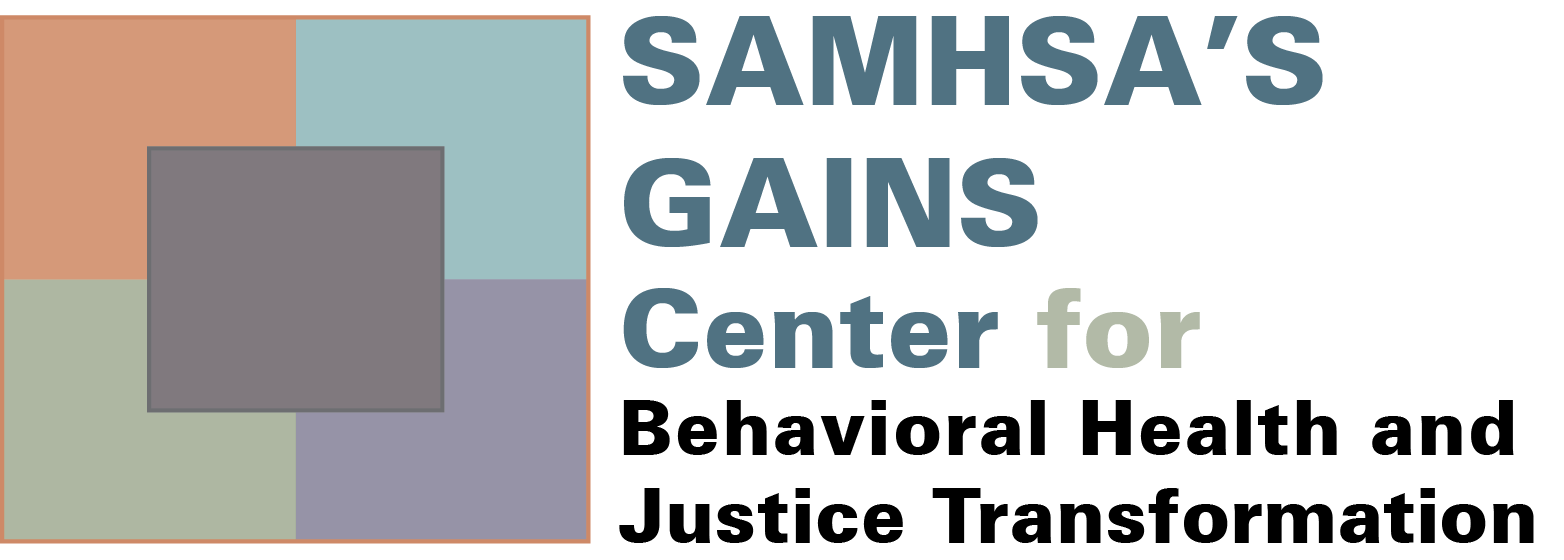“The Sequential Intercept Map is the riverbed, and all the initiatives are like the rocks. We can build a different flow in the river depending on how we place the rocks. Sometimes we’re adding big boulders or moving a boulder over. By understanding the flow of the Intercepts we can manage what’s in the riverbed.” Regina Huerter, the executive director of the Office of Behavioral Health Strategies and the Crime Prevention and Control Commission in Denver uses metaphor to quantify the impact of the Sequential Intercept Mapping (SIM) on system change in her community. During a recent discussion with SAMHSA’S GAINS Center staff, Ms. Huerter described how the SIM process helps criminal justice and behavioral health professionals develop partnerships to improve integrated service delivery for people with mental or substance use disorders who come in contact with the criminal justice system. In August 2006, she participated alongside 46 stakeholders from her community in a SIM exercise facilitated by the GAINS Center. Denver continues to use the SIM as a touchstone for progress and has gained valuable insight into leveraging the SIM for meaningful system change.
Nontraditional Partnerships
When considering the potential impact of a SIM, in Ms. Huerter’s words, “a true SIM isn’t limited to behavioral health and criminal justice; it’s about understanding what resources there are and braiding the infrastructures. It’s this interconnectedness that innovates services.” In Denver, this braiding has led to many significant innovations, including the establishment of an Outreach Court that convenes in a local shelter for people experiencing homelessness and facing minor violations. In addition to having their cases heard, individuals are offered on-the-spot community service opportunities, behavioral health services, and assistance with Medicaid applications. The outreach court has reduced the number of people arrested and incarcerated in Denver.
A Common Language
The Sequential Intercept Model and the mapping exercises that make use of it are tools that introduce vocabulary with the potential to lift conversations about treatment interventions and diversion beyond the boundaries of professional disciplines. Ms. Huerter reflected that their Sequential Intercept Map allows the relationships between community providers, criminal justice professionals, and behavioral health providers to be seen as a web, with each touching the other at various Intercepts. In Denver, the Commission refers to the SIM regularly and updates it annually. It is “a living document,” she said, which stands apart from any individual stakeholder, and is almost a stakeholder itself: “The SIM is as present in the room as I’m sitting there,” representing the challenges and opportunities facing the system.
Relationships and Trust
At the Commission and its subcommittees, stakeholders across disciplines sit at the same table. As Ms. Huerter puts it, “these different stakeholders have come to appreciate where they begin and end, where that next expertise begins and ends, and how it gets integrated across their different work.” In Denver, a non-profit sober gym offers employment, housing, and mental health services, as well as a place for people with mental health or substance use disorders to report to probation and parole. Individuals under supervision, who may feel distrustful toward criminal justice and behavioral health professionals, have the opportunity to see them in a new light. Overall, Ms. Huerter reflects, “There is a common spirit – a feeling of success and empowerment. This group knows there’s nothing they can’t do.”


